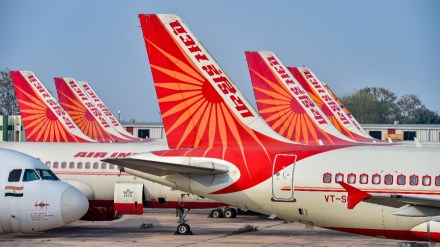Air India CEO Campbell Wilson announced on Thursday that alcohol-related incidents on flights have significantly decreased in the past two years. The decline in such incidents, he said, can be attributed to a rise in the reporting of disruptive behavior to authorities, alongside enhanced training and support for cabin crew. This shift marks a significant improvement in maintaining safety and order aboard Air India flights.
Air India’s Key to Managing Unruly Passengers
Wilson emphasised the importance of educating both passengers and crew to ensure a safe and respectful environment on board. He highlighted the need to make travelers aware of what constitutes acceptable behavior while flying, as well as the responsibility of cabin crew in handling difficult situations. Furthermore, he stressed that crew members are well-supported by the airline’s policies and have the backing of authorities when dealing with unruly passengers. Wilson stated that reporting incidents to authorities is now taken seriously, and the entire process ensures accountability.
The CEO also noted that the confidence of cabin crew members in managing disruptive passengers has significantly improved due to thorough education and training programs. As a result, not only has the reporting of such incidents increased, but the number of actual disturbances on flights has also dropped. This positive trend reflects the airline’s commitment to fostering a safe and professional atmosphere for both crew and passengers.
Air India’s Growing Workforce and Expanding Operations
In addition to addressing in-flight safety, Wilson revealed that Air India’s workforce has grown substantially, with around 9,000 new employees added in recent years. This influx has notably reduced the average age of staff from 54 to 35, and the average age of cabin crew now stands at just 28.
With a current fleet of 300 aircraft, 30,000 employees, and 1,200 daily flights, Air India has rapidly expanded its operations. Wilson also shared that the airline now holds a 29% share of the Indian domestic market, a remarkable increase from the single-digit share it held at the time of privatization.
(With ANI Inputs)
